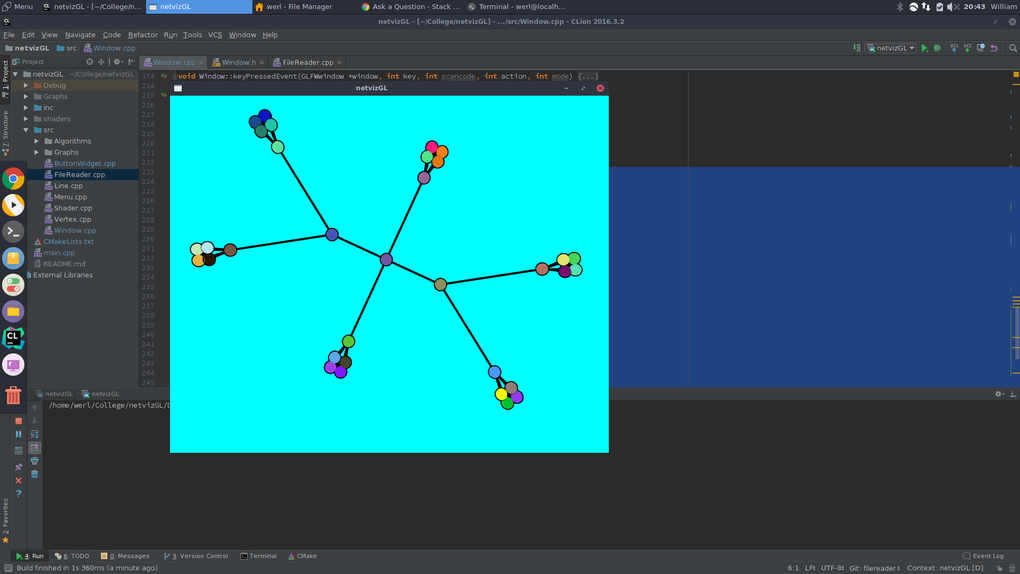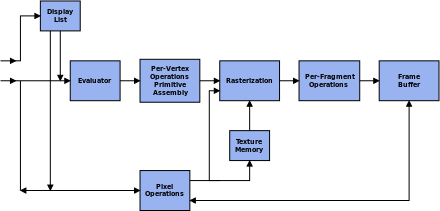

SPIR is based on the intermediate representation used by the LLVM compiler suite. While technically those compilers could produce OpenCL C directly, SPIR is easier because it's designed to be used in this intermediate way.
#OPENGL 4.4 UPDATE TO 4.5 CODE#
Compilers for these other languages should produce SPIR code, and the OpenCL runtime will execute that SPIR code on the target machine. Often, programmers want to use something they're more familiar with, be it Python, C++, JavaScript, or any other language. OpenCL was Khronos' first system for using GPUs in this way, but OpenCL requires developers to use a C-like language. SPIR is Khronos' intermediate language for general purpose GPU (GPGPU) computation. This is aimed in particular at WebGL, where isolation of 3D programs is particularly important to safeguard system security and stability. AdvertisementĪside from DSA, OpenGL 4.5 also gives greater control of how commands are sent to hardware for execution, which can improve multithreaded performance and additional robustness capabilities to help isolate the effects of resetting the GPU. Developers could not rely on DSA being present, which was a major sore point when compared to Microsoft's Direct3D, which has supported DSA for many years. This makes middleware much easier to develop, as it no longer needs to worry about disturbing the graphical state that the program has set up.ĭSA has been available as an extension for some years but, until OpenGL 4.5, was not a standard feature of the specification proper. If the middleware wants to change the texture property, it has to do the activation/binding dance described-but then it has to undo the binding and the activation, because the application using the middleware may already have set its own bindings and active texture units.ĭirect State Access allows developers to both set and query properties on objects (textures, shader programs, frame buffers, and so on) without having to make units active or bind objects to them programs can operate directly on the objects themselves. This style is awkward for developers, especially for developers who are writing or using third-party middleware libraries. In each case, the link between the calls is implicit the binding of the texture implicitly uses the active texture unit, and the property setting implicitly uses the bound texture.

Then, the properties of the currently bound texture are specified. Then, the texture must be bound to the currently active texture unit. For example, to specify properties of a texture, first a texture unit must be set as active. OpenGL is a complex API that relies extensively on an implicit state that is maintained between function calls. The big feature in OpenGL 4.5 is Direct State Access (DSA). Amid growing interest in "low-level" APIs, such as AMD's Mantle and Microsoft's forthcoming Direct3D 12 specification, Khronos is working on its own vendor-neutral, cross-platform API to give developers greater low-level control and to extract more performance from 3D hardware. EnlargeThe group also issued a call for participation in its next generation OpenGL initiative.


 0 kommentar(er)
0 kommentar(er)
